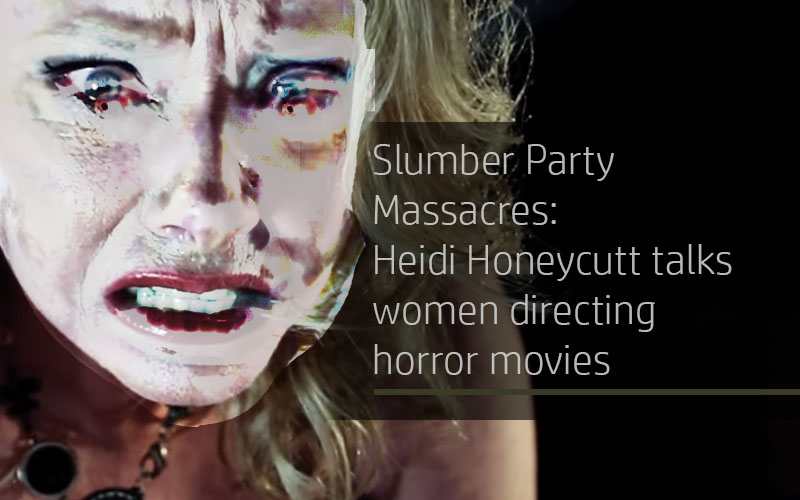
Slumber Party Massacres: Heidi Honeycutt talks women directing horror movies
HEADPRESS: Where did the idea for I Spit On Your Celluloid come from? Is this a book that’s been brewing for a long time?
HEIDI HONEYCUTT: Yes! I had been writing this book for about 15 years. I began working as an online horror film reviewer in the 2000s and started covering horror film press events, film screenings, and horror conventions for bloody-digusting.com. I immediately noticed that there seemed to be few women directors of major horror films and that there were virtually no women directors at horror conventions. I found this odd, and began to explore and seek out women horror filmmakers, both independent and mainstream, and find out who they were, what their films were, and how they were made. That’s where the basis for the book began.
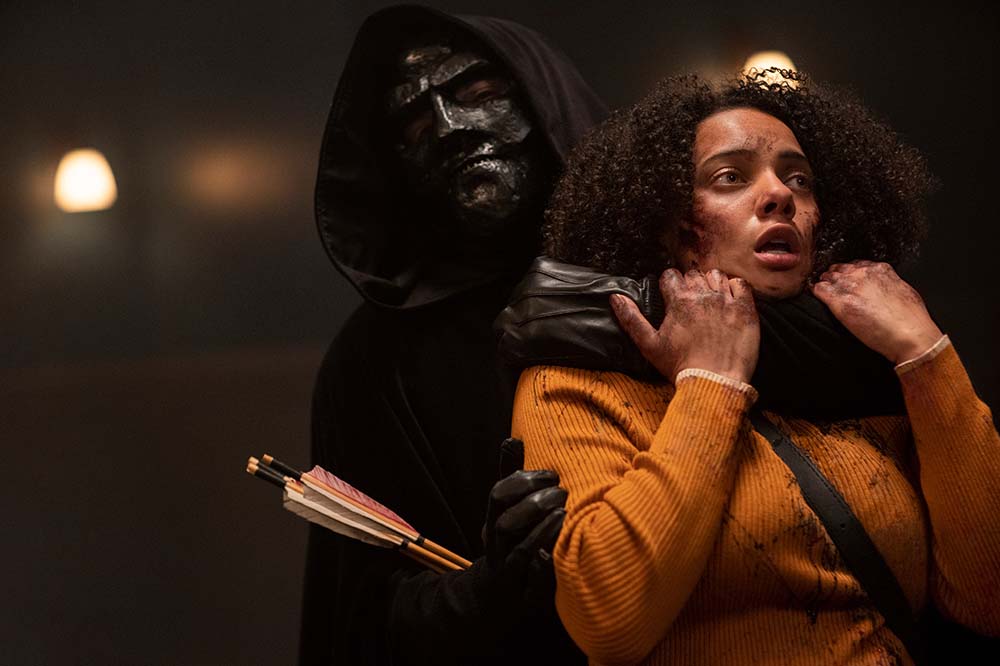
The book covers a long time period, from the advent of cinema in 1896 to the present. How present were women in the making of horror in the earlier period?
The book starts at the beginning of film — in 1896 — with Alice Guy Blaché, who was also the first woman filmmaker, period. She was French and made hundreds of short silent films for viewing in early theatres to sell the camera as a product. Eventually, films became the product, and she continued to make films, many of them horror, until around 1920. In 1920, ‘director’ had become a prestigious position, and women were pushed out. The story is the same for other prolific early women filmmakers who made some horror movies, like Lois Weber and Luise Fleck, but also true for many women who only made one or two films. Before the 1930s, the phrase ‘horror film’ wasn’t widely used to describe these films, so instead they were labelled as crime films, suspense films, or fantasy films depending on the story elements, such as serial killers or ghosts. But they are films that would be labelled as horror if they came out today. There are dozens of early women horror film directors.
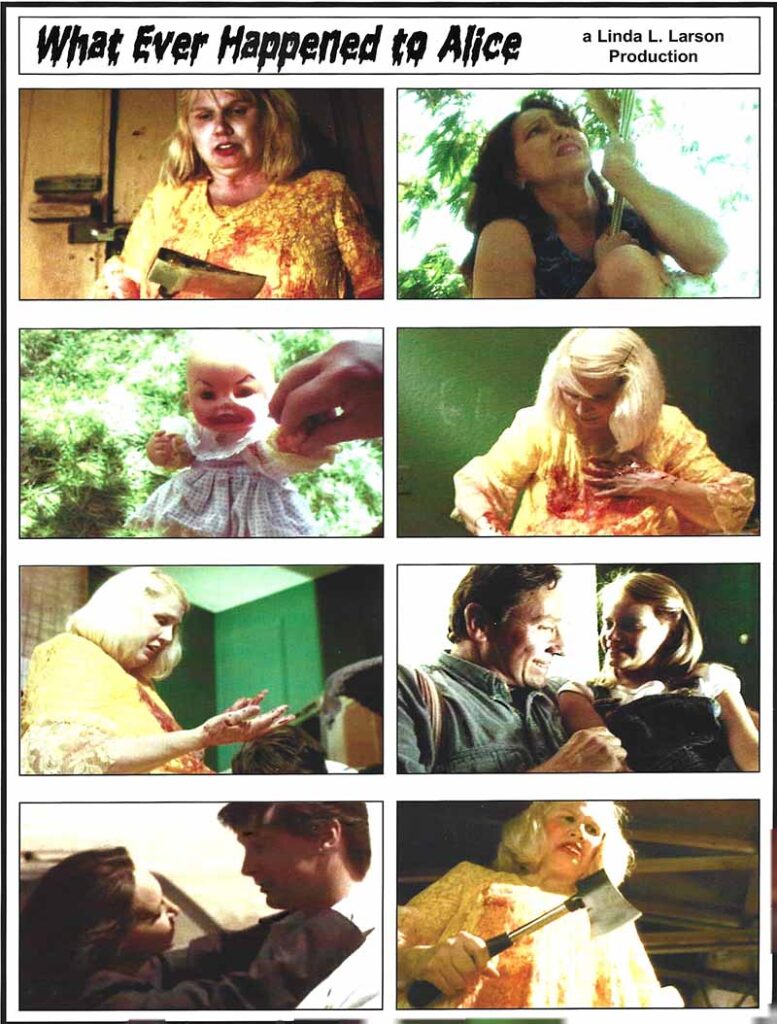
So much happens over the course of the 20th century, too. How have broader societal changes like women’s liberation influenced women making horror? Has it shaped the films they make?
The broader strokes of social and political change over the 20th century, such as the women’s liberation movement, have shaped how women make horror films by first allowing women into the space of director at all, which often happened through innovations such as television, or with women being admitted to film schools such as those at the University of Southern California and University of California in Los Angeles. It also influenced the stories women wanted to tell in their films. Women filmmakers are interested in a variety of topics and have so many personal stories unique to them that it is impossible to describe the ‘kind’ of horror a woman director makes, but war, social unrest, and the changing nature of women’s roles in society provide new ideas, inspirations, and horrors that would not previously have been present in the collective consciousness. For instance, in Christina Hornisher’s 1973 horror film Hollywood 90028 the idea of pornography and women’s role in it, as well as what the search for fame can do to women and men in Los Angeles, is explored vividly and with horrific results. Just 10 years earlier, Hornisher would not have been allowed to make a film depicting such levels of violence and misogyny due to the Hays Code restrictions on film content in the United States. Women’s exploitation in pornography was also not a subject people were collectively concerned about, or even aware of, unless they were directly involved in the industry. Her film is also about the changing nature of Los Angeles over time, inspired by the real razing of the Victorian Bunker Hill neighbourhood in downtown Los Angeles, a main story point in the movie.
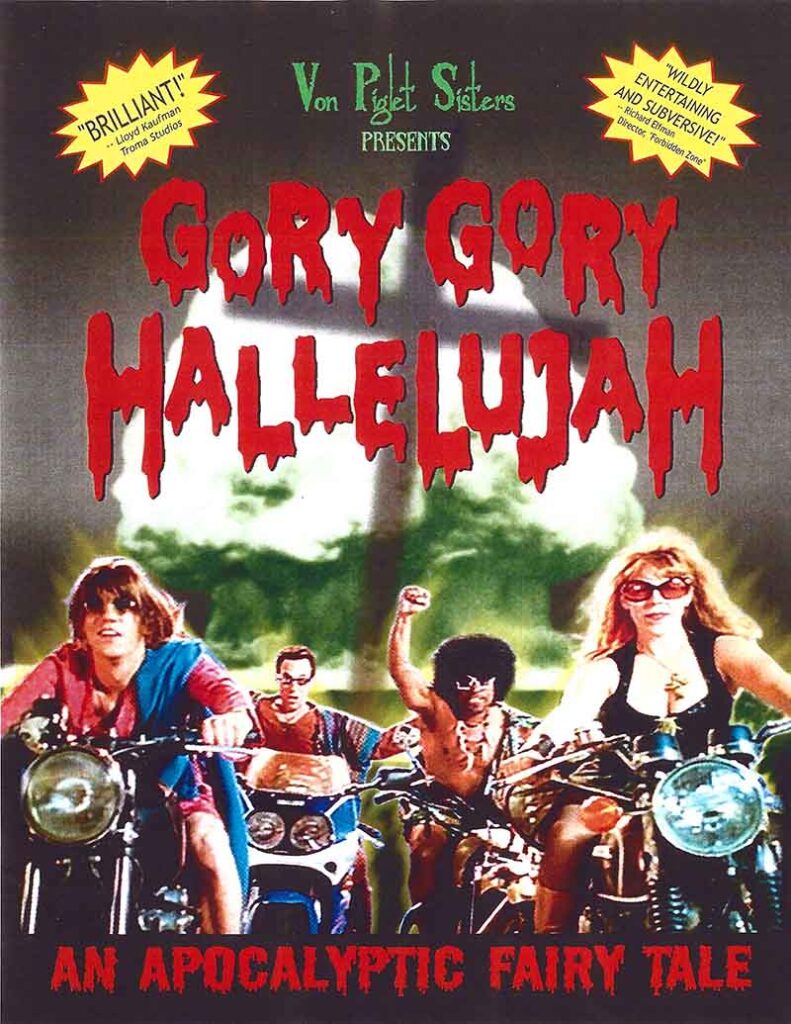
Are there still issues to be addressed in the film industry in terms of allowing more women who want to make horror to do so?
No one is ever going to ‘allow’ anyone to make a film: you have to push, climb, struggle, and grit your teeth, both men and women, to make a film. Whether independently or via a studio, it is always a matter of breaking down barriers and getting past gatekeepers, even though most filmmakers simply want to express themselves as artists. Women, however, have had an extra barrier placed in front of them when it comes to making movies that men didn’t have to face, and that was the added problem of men wanting to hire other men over women. That is changing a lot in the 21st century, but for the entire 20th century, women had an awful time being given the reins in the director’s chair (in any film genre).
What’s your ultimate film recommendation for someone who wants to investigate horror made by women?
For anyone without a deep knowledge of horror movies who wants to explore horror directed by women, I highly suggest starting with the classic Slumber Party Massacre (1983) directed by Amy Holden Jones for Roger Corman. It’s an easily palatable slasher film from a woman working directly in the low-budget and exploitation horror business. It has gone on to be a huge influence on other horror movies.
For anyone who is already knee-deep in horror movies as a fan, they’ll have seen all the major horror films directed by women, so I recommend seeking out non English language and independent films from around the world that may have never made it to VHS or into theatres. For example, the 1971 Czechoslovakian TV movie version of Dracula, Hrabé Drakula, directed by Anna Procházková, or the first real rape-revenge horror film directed by a woman, Feng huang nu sha xing AKA The Lady Avenger by Taiwanese director Chia-Yun Yang.
-
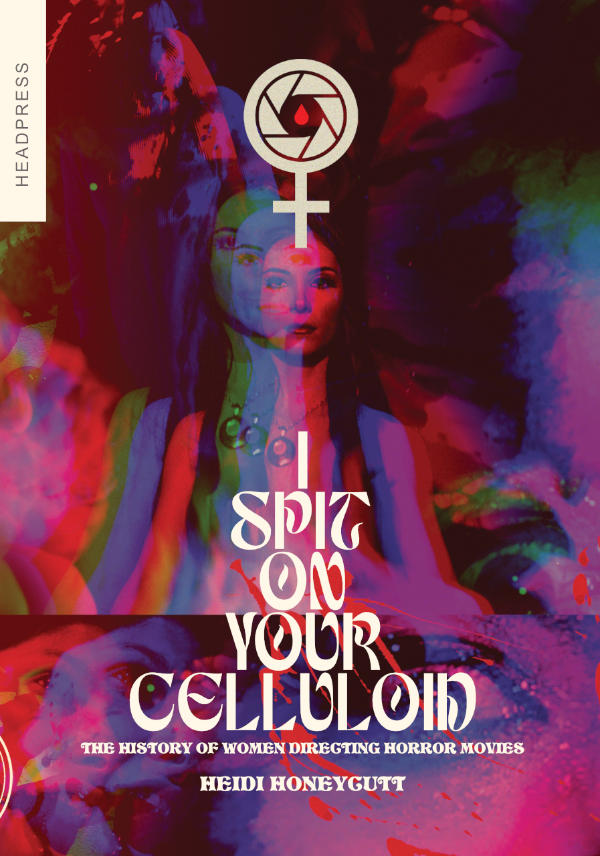 Sale 13% OffI Spit On Your CelluloidA first-of-its-kind celebration and horror film “book that needed to be written”. You will never look...£15.99 - £15.99
Sale 13% OffI Spit On Your CelluloidA first-of-its-kind celebration and horror film “book that needed to be written”. You will never look...£15.99 - £15.99
Admin
Like this article?
Related Posts
Comments
Copyright © Headpress

